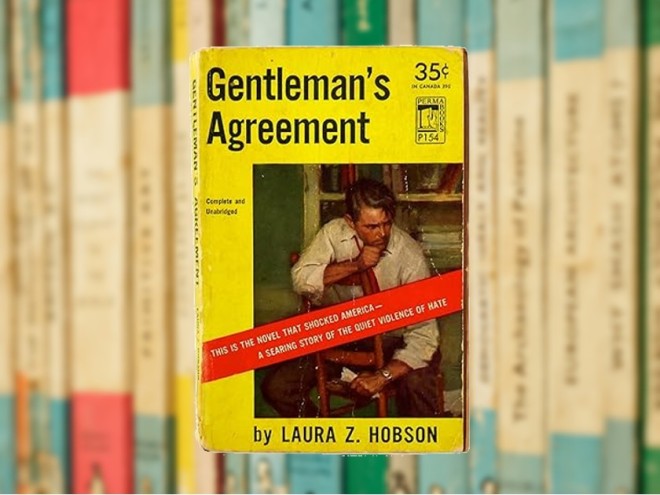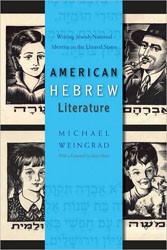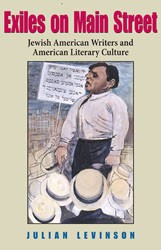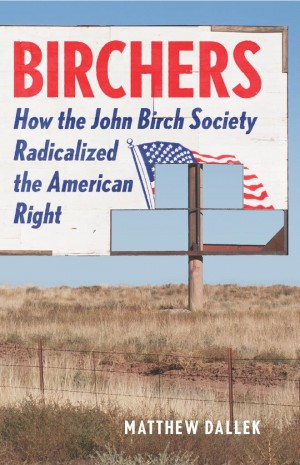In 2003, Arthur Miller looked back at a dark moment in American Jewish history that he had dramatized in his 1945 novel, Focus. “The anti-Semitism I ran into all over the place was fierce,” Miller recalled of the World War II years in America. “And yet there was no sign of any recognition of it or acknowledgement of it in the public domain, not in novels, not in plays … I felt it had to be unearthed. It had to be brought to light.”
Rachel Gordan’s Postwar Stories takes on a similar task. It tracks a transformation in how Jews became portrayed in the American popular imagination after World War II. Gordan argues that in the wake of the horrific revelations of Nazi genocide in the mid-1940s, two “middlebrow” genres — what she identifies as anti-antisemitism novels and Introduction to Judaism primers — emerged, and proved crucial in altering perceptions of Jewish identity in modern America.
Postwar Stories is a deeply researched book that recovers how everyday consumers of popular culture, Jewish and non-Jewish alike, responded to these popular modes of middlebrow expression. Gordan’s analysis of Laura Z. Hobson’s famous 1947 anti-antisemitism novel, Gentleman’s Agreement, is particularly impressive. Gordan shows how the figure of “Phil Green,” who passes for a Jew in order to expose genteel antisemitism, embodies “1940s liberal sentiment.” “Identifying with Phil,” Gordan argues, “allows readers to bring their recognition of his moral outrage back to themselves.” Interestingly, almost all of the anti-antisemitism novelists of the late 1940s mentioned in this study were women.
Gordan also excels at analyzing the impact of various bestselling Introduction to Judaism primers — books that were written by a cohort of now relatively obscure rabbis. Has anyone read Milton Steinberg’s 1947 bestseller, Basic Judaism, recently? According to Gordan, thirty-nine editions appeared between 1947 and 2004.
After gaining popularity, these middlebrow works served an important role in “recasting American Judaism,” both for Jews feeling uneasy in their adopted homeland and for non-Jewish Americans who either remained ignorant or embraced stereotypes of Jews and Judaism. Gordan claims that the popularity of postwar middlebrow culture performed substantial cultural work: it awakened Americans to the indignities of antisemitism and altered the nation’s collective perception about Jews. They went from being viewed as a “race” to being recognized as a vibrant subculture. Indeed, in his famous 1955 sociological study, Protestant Catholic Jew, Will Herberg designates Judaism as one of the sanctioned American religions.
Perhaps the richest middlebrow texts Gordan analyzes are the popular, photo-saturated magazine spreads that depict how American Jews lived their privately observant lives. In the chapter “Life’s Old-Fashioned Jews,” Gordan provides a detailed account of a Life magazine cover story, dated June 13, 1955, of the Finks, an Orthodox family from Scranton, Pennsylvania. This expansive photo treatment captures the family performing a variety of ritual practices, including Shabbat candle lighting, the veiling of a bride, the laying of tefillin, and the observance of kashrut in their kitchen.
Such a public performance of Jewish religious practice in a major middlebrow venue inevitably raised anxieties for some of Life’s Jewish readers; yet this striking midcentury display of Jewishness supports Gordan’s argument that popular depictions of Jewish feeling and practice ultimately proved enabling, even therapeutic. The representation of a healthy Judaism in anti-antisemitism novels and Introduction to Judaism guides ultimately helped to make Jews, many of whom were self-conscious and haunted by antisemitism and trauma, “knowable to Americans.” It also pushed them toward “new ways of understanding their identities.”
Postwar Stories is a major contribution to our understanding of this key transitional moment in midcentury American religious and cultural history.
Donald Weber writes about Jewish American literature and popular culture. He divides his time between Brooklyn and Mohegan Lake, NY.





